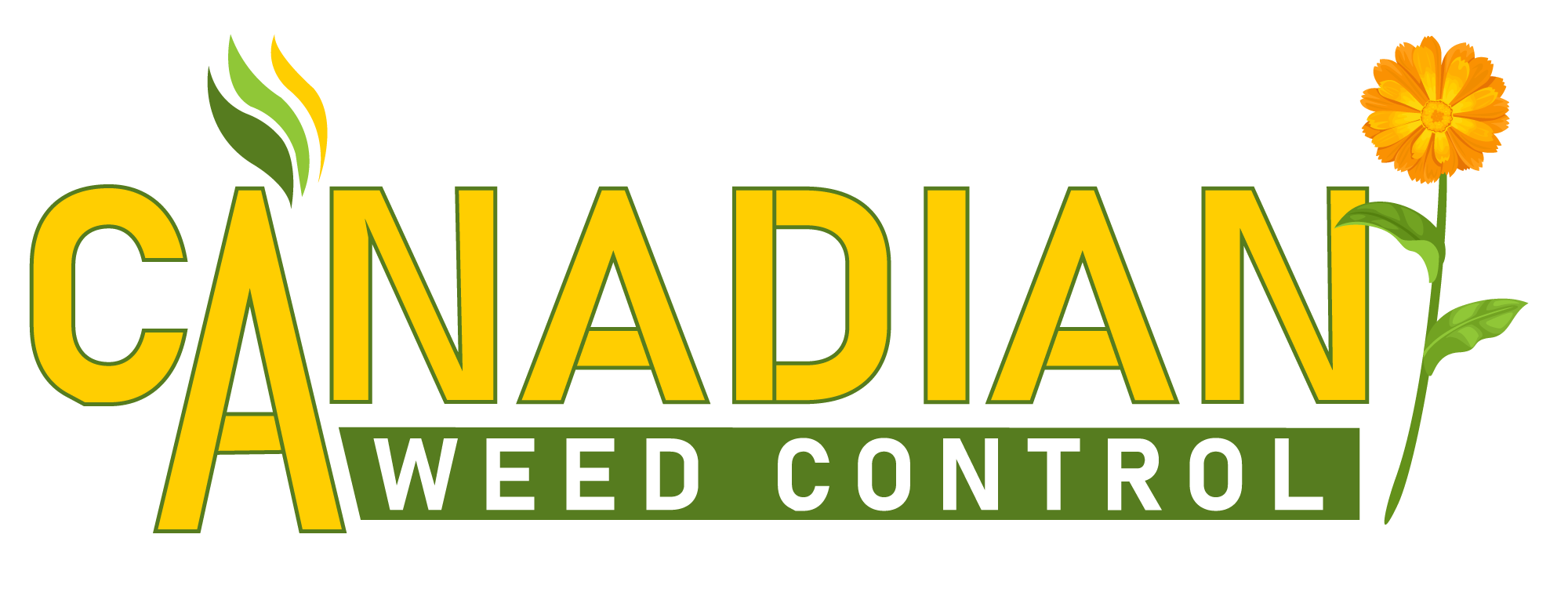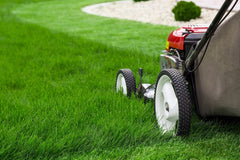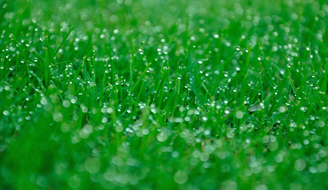MANAGING LAWN INSECTS
Following good cultural practices is the primary method for managing insect damage to lawns. Growing appropriate grass species for a particular climatic region and providing lawns with proper care are especially important. Practices such as irrigating and fertilizing have a major impact on lawn health. Practices such as thatch removal, choice of mowing height and frequency, and providing grass with more light by pruning tree branches are also important in certain situations. Naturally occurring biological control agents, such as predators and parasites, may limit some insect pests. Most home lawns in California do not need to be treated with pesticides if proper cultural practices are followed. Pesticides should never be applied unless a pest has been identified, is present at damaging levels, and is present in a susceptible life stage. If pesticide applications are necessary, choose IPM-compatible materials (Table 2) that have minimum impacts on beneficial organisms and the environment.
PREVENTING PEST PROBLEMS
The best way to prevent damage from lawn pests is to keep grass healthy. Healthy lawns require few, if any, pesticide applications. Also, if the turfgrass is under stress and a pesticide is applied, it stands a greater chance of suffering phytotoxic damage from the pesticide itself. The UC Guide to Healthy Lawns on the UC IPM web site and the publications on managing your lawn listed in References give detailed information on how to grow a healthy lawn. Table 1 lists cultural practices important for preventing specific problems.
CHOOSE APPROPRIATE VARIETIES
There are a number of grasses available for planting in California. These grasses are often referred to as either cool-season grasses (examples include bentgrass, fine fescue, Kentucky bluegrass, perennial ryegrass, and tall fescue) or warm-season grasses (bermudagrass, kikuyugrass, St. Augustinegrass, seashore paspalum, zoysiagrass, and buffalograss). Warm-season grasses produce most of their growth during summer and usually have a dormant period when they turn brown during winter. Cool-season grasses are green year-round, but they produce most of their growth in spring and fall. The type of grass and the varieties within each type vary in their shade tolerance, salinity tolerance, water needs, disease resistance, and cultural needs. A formerly thriving lawn variety may decline with changes in light, such as more or less shade caused by growth or removal of nearby trees. These factors are outlined in Turfgrass Selection for the Home Landscape. Selection of the appropriate grass species and variety will allow you to grow a hardy lawn with minimal maintenance inputs.
CARE FOR LAWNS PROPERLY
Inappropriate irrigation is the most common cause of lawn damage. Overwatering (shallow, frequent sprinkling) predisposes turf to diseases, retards deep root growth, and increases lawn susceptibility to stress. Poorly maintained sprinklers can apply too much water in certain spots while underwatering other areas. Brown spots from uneven water applications occur frequently and are often caused by improperly spaced sprinkler heads, sunken or tilted heads, or unmatched heads that apply differing amounts of water. Correcting these physical problems with irrigation systems can decrease water waste significantly, decrease water bills, and, most importantly, improve the health of your lawn. Lawns should be irrigated deeply and not more than twice a week.
Appropriate fertilization encourages a dense, thick lawn that allows grass to tolerate some insect feeding. The appropriate timing and amount of fertilizer (primarily nitrogen) varies depending on factors including season, grass species, and local growing conditions. In general, most California grasses used for lawns require from 2 to 4 pounds of actual nitrogen over a 1,000 square foot area annually during their active growing season. Some native grasses and drought tolerant species like buffalograss and fine leaf fescue may require less. If grasscycling is practiced (leaving lawn clippings on the lawn after mowing, instead of removing), then the lower rate of nitrogen application may be used.
Keep the blades on your lawn mower sharp and cut your turf at a mowing height appropriate for that type of lawn grass so as to minimize depletion of food reserves needed to outgrow insect injury. Mowing frequency and height depend on grass species, season, and the particular use of that lawn. Cool-season lawns have suggested mowing heights of 1 1/2 to 3 inches, while warm-season lawns should be mowed to a height of 3/4 to 1 inch. No more than 1/3 of the grass height should be removed at one time.
Lawns also benefit from aeration. To increase water penetration and reduce soil compaction, periodically remove soil plugs using hollow tines. In bluegrass and bermudagrass lawns, thatch (the layer of undecomposed organic material on the soil surface) can build up and result in poor water, fertilizer, and air penetration, as well as provide a protected home for many unwanted pests and pathogens. Presently, most California lawns are planted with tall fescue, which is not as susceptible to thatch buildup as other species. Thatch that is greater than 1/2 inch thick encourages caterpillar and chinch bug populations. Thatch also reduces insecticide efficacy because insecticides cannot penetrate to reach root-feeding insects. Prevent thatch by avoiding excess nitrogen application, irrigating deeply and infrequently, and minimizing the use of broad-spectrum lawn pesticides that can reduce populations of microorganisms responsible for decomposing the thatch. If more than 1/2 inch thick, physically remove thatch with a mechanical dethatcher, vertical mower, or power rake. Other methods (although not as effective in reducing thatch) include topdressing lawns by adding a thin layer (1/8–1/4 inch) of soil and raking or sweeping it into the thatch to encourage decomposer microorganisms. Core aerification also mixes soil into thatch, speeding decomposition.




Leave a comment
This site is protected by hCaptcha and the hCaptcha Privacy Policy and Terms of Service apply.